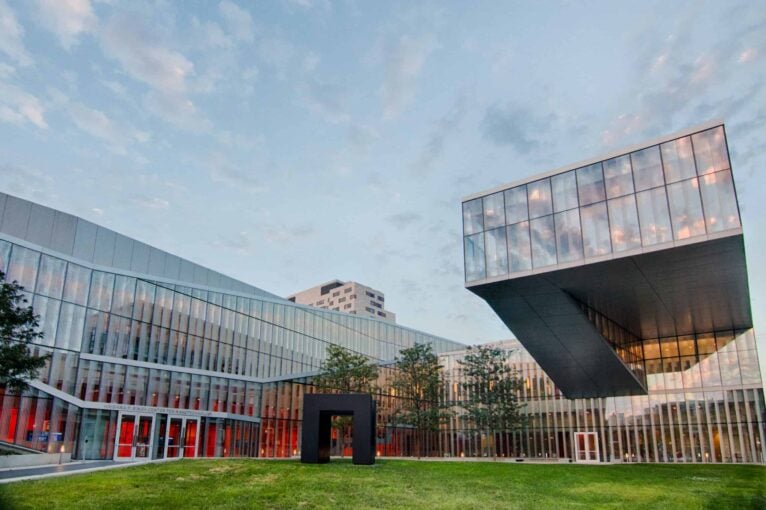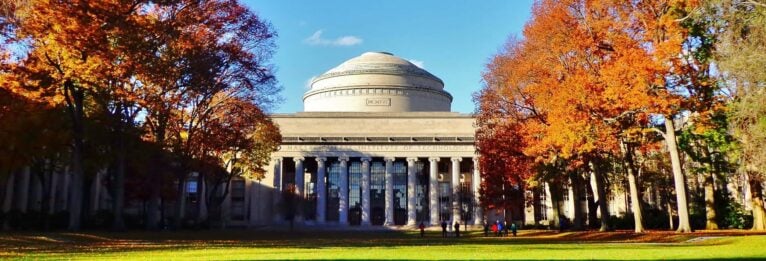Explore Top Consensus Ranked Schools

50 Best Online Colleges & Universities for 2024
Top Consensus Ranked Schools for Online Bachelor's Degree Programs

1
University of Pennsylvania
2
University of Florida
3
University of Wisconsin-Madison
4
Texas A & M University-College Station
5
California State University-Chico
6
Citadel Military College of South Carolina
7
New York University
8
Brigham Young University-Idaho
9
Villanova University
10
Florida International University
As Seen In

How Can We Help You?

- Show me the best schools
- Help me find an online degree
- I’m interested in an MBA
- I’m interested in alternatives to college
- How do I pay for college?
- Help me find scholarships
Most Recent Articles
- Unveiling Excellence: The 2024 College Consensus Rankings
- If You Could Change One Thing About Your Career, What Would it Be?
- How Are Your Habits Setting You Up For Success?
- Holiday break can be a good time to finish up those college applications
- 15 Highest Paying Degrees: Majors That Don’t Require Math


